There is no shortage of new original films coming to Shudder this month, two of them being Alex Herron’s Leave and Jeff A. Brown’s The Unheard. Another title worth mentioning is Mercedes Bryce Morgan’s bone-chilling horror/thriller Spoonful of Sugar. The film follows a disturbed babysitter as she experiences a sexual awakening while using LSD to alternatively treat a seemingly “sick” child from a family with dark secrets of their own. The cast of the Spoonful of Sugar includes Morgan Saylor (Homeland, Blow the Man Down), Kat Foster (Gaslit), Danilo Crovetti (Hunters), David Yow (I Don’t Feel at Home in this World Anymore), and Myko Olivier (United States of Al), among others. We wanted to learn more about how Spoonful of Sugar was made, so we spoke with the film’s cinematography Nick Matthews. Below he goes into detail about the very niche look of the film.
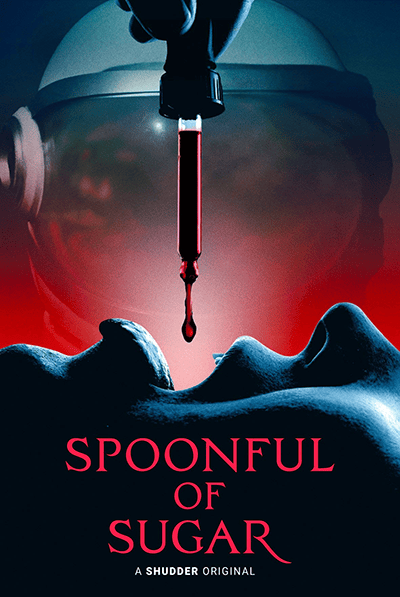
You can watch Spoonful of Sugar here: https://www.shudder.com/movies/watch/spoonful-of-sugar/7a24a90438e89ad4
How would you describe your work on Spoonful of Sugar? How is this film different from others you have worked on?
Spoonful of Sugar is a dark fairytale with erotic undertones and painterly surrealist imagery. We had a very limited color palette and controlled use of camera movement to pull off that atmosphere. This was paired with shafts of light, deep shadows, and vintage lenses. This film called for more heightened imagery than many of the films I’ve shot and was a chance to play with more experimental choices along the way.
What was one of your bigger risks you took on Spoonful of Sugar?
I feel like the inevitable challenge of every film is to manage your resources, collaborators, time, and energy in a way that creates singular vision. In this film, the greatest visual challenge was to devise a look that felt subjective and ominous—and took the audience into the world of psychedelia.
Some of the crazier techniques for the LSD sequences we used involved shooting at 3 frames per second and a 270-degree shutter for a dreamy step printing effect. We also used lens whacking, vaseline, and somewhat hilariously, we taped my glasses to the front of the matte box and shot through the textured glass of my glasses to simulate the feeling of tripping.
When it comes to camera movement, were there any firsts on Spoonful of Sugar?
Mercedes had this idea of shooting an entire scene with a spinning top-down shot that slowly zoomed out from our lead characters. Because of budget restraints we couldn’t afford a remote head to pull that off with the 24-290 zoom lens. We ended up devising this truss build with a Lambda head and rope to create this very old school way of unspooling the camera.
Can you talk about the visual motifs of the film?
Because the film is about perspective and duality, we played with showing eyes throughout the movie, shooting them with macro lenses to establish perspective and show them dilating. We explored voyeurism with the use of slow zooms throughout the movie. Additionally, we used a circular movement in a number of scenes to play with the ways the characters’ lives are upended.
Did any of the locations prove to be problematic? If so, how did you overcome it?
Our main location was a small A-frame cabin made of dark redwood. This provided a number of challenges. We found that 1.66:1 aspect ratio was best suited for the space to accommodate the archways without it feeling too boxy. And we relied on a 14mm lens for some of our wide shots to really give the smaller space a sense of grandiosity. Spatially, it meant that for top down shots we really had to use smaller camera rigs and builds to get the visuals we wanted.
Can you tell us something we might not already know about the cinematography of Spoonful of Sugar?
I think that we’re living in an exciting time where anyone can afford the sort of gear it takes to make a film. Our director Mercedes Bryce Morgan shoots with two cameras to keep performances unfolding in an organic way, but our budget only allowed us to shoot with one Arri Alexa. To give us a second option, I decided to purchase the Blackmagic Pocket Cinema Camera 6K because I had tested the camera and sensor on previous projects. Probably 40% of the shots you see in the trailer and the film itself were captured with this camera and you’d never know it. It’s got slightly less dynamic range than the Alexa, but the color science and resolution make it easy to match with a higher end camera. This is a $2000 body capturing images that cut easily with a $40,000 body. I used a set of Zeiss Superspeeds on the Alexa and a set of vintage Nikons on the Blackmagic, and then we filtered both sets to help match them.
What is one of your favorite things about working on a horror film?
Horror is an inherently visual genre. The camera often has a voice and atmosphere is key to the way the audience is shocked and bewildered. For me as a cinematographer, that is a dream. Ultimately every film is about telling the story in a way that compels the audience forward. But few other genres are so accepting of the levels of darkness, decay, and grit that I want photograph.
I’m fascinated by pervading darkness—both in a metaphysical and literal sense. I want to explore the pathos, violence, and absurdity of the human condition. I’m interested in what makes us primal animals and how that plays out in the macabre and the erotic. I think we’re all scared of the unknown and the imagination is the greatest way incite fear. Horror films give us access to those emotional states and moral quandaries in a way that no other genre accesses.
You are the cinematographer of Saw X. What’s it like to be such a loved franchise? Is there anything you can tell us about your participation in the film?
It’s a true joy and honor to be a part of making a film I cannot wait to watch in a theater. I fell in love with SAW in high school after doing everything in my power to get a hold of the movie—it was spellbinding in its execution. I wanted the chance to pay homage to what I loved about SAW while bringing something new to the table visually. I wanted this to feel brutal, beautiful, and a little giallo, and every day on set felt like an exciting new challenge. I think fans are in for the best film of the franchise in director Kevin Greutert’s hands.
Is there another subgenre of horror film that you would like to work in, that you haven’t yet?
I’m fascinated by outsider stories, especially those crafted by filmmakers with a keen attention to world-building and character development. I’d love to work on a folk-horror tale, especially the sort of film that explores cult dynamics. I grew up in a very religious community that was driven by patriarchy and was extremely controlling of it’s follower’s dress, activity, and lifestyle. I think I’m fascinated by the way that our shared myths shape who we become and the values we embrace as a community. Horror allows us to examine those notions and power dynamics in an astute and terrifying way.
Learn more about Nick Matthews at: https://www.nicholasmatthewsfilm.com/
One Comment
Comments are closed.



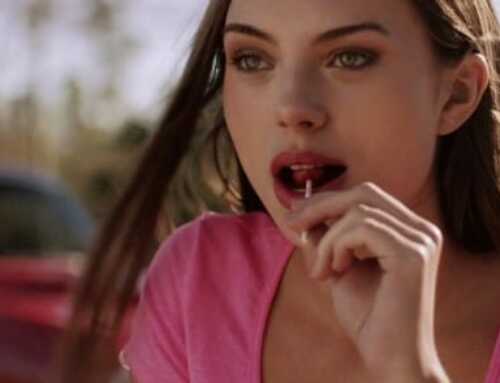
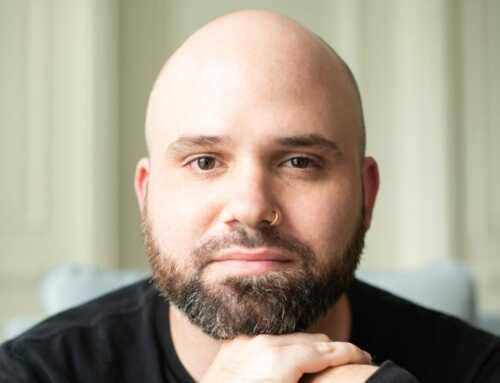
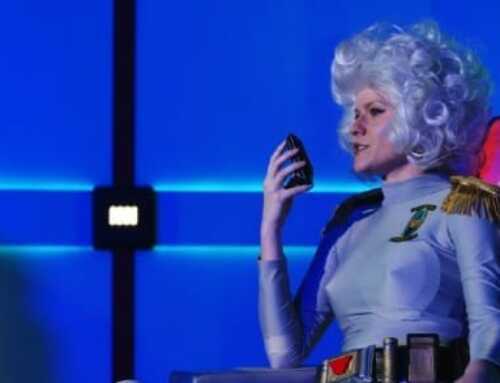
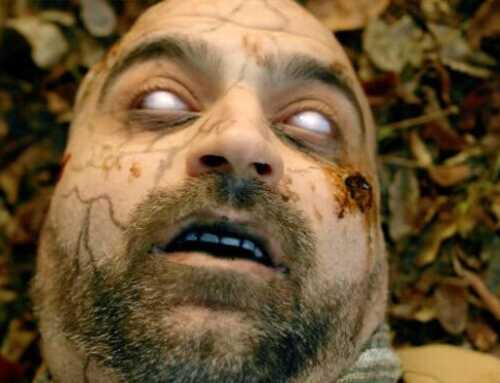
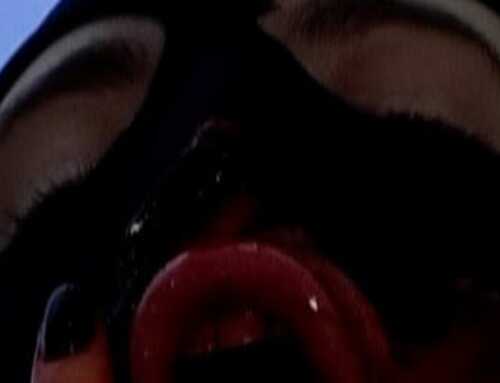
[…] Jordan von Netzer Source link […]